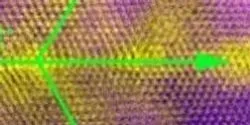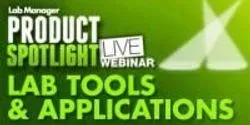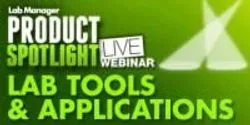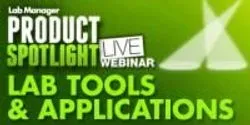
Lab Manager
Lab Manager provides guidance and resources to help laboratory leaders run their labs like a business. We are the only publication specifically focused on all aspects of running a lab.All by Lab Manager
Filter by
AllArticlesAudioEbooksEventsInfographicsNewsProductsSurveysDocumentsVideosVirtual EventsWebinars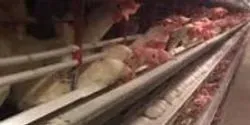
A University of Wisconsin-Madison animal scientist has developed an antibiotic-free method to protect animals raised for food against common infections.

Whether a close-up of a leafcutter ant, or a micrograph of the neurons derived from marmoset stem cells, or an MRI of the hidden pathways in the human brain, submissions to University of Wisconsin-Madison’s 2015 Cool Science Image Contest continue to put science and nature on eye-catching display.

This month, we highlight companies that will be exhibiting at the American Society for Microbiology’s annual general meeting (asm2015) and the American Society for Mass Spectrometry’s annual conference (ASMS 2015).

While a May 20 ruling by a Manhattan Supreme Court Justice appeared to grant legal personhood to two research chimpanzees from Stony Brook University, the Nonhuman Rights Project later clarified that the judge will hear arguments on whether or not the chimps will remain at the university and whether or not they could be considered "persons" in the eyes of the law, but has not yet made a final decision granting them legal personhood.

Antibodies are specific molecules that can lock onto a particular cellular structure to start, stop or otherwise temper a biological process. Because they are so specific, antibodies are at the forefront of drug discovery. So drug companies want a faster route to step one: identifying which of the millions of possible antibodies will work against molecules that cause disease.

Join scientists from around the world who will deliver some of the most cutting-edge presentations on the separation, purification, and characterization of biologically important molecules.

Take a material that is a focus of interest in the quest for advanced solar cells. Discover a "freshman chemistry level" technique for growing that material into high-efficiency, ultra-small lasers. The result, disclosed today (Monday, April 13) in Nature Materials, is a shortcut to lasers that are extremely efficient and able to create many colors of light.


